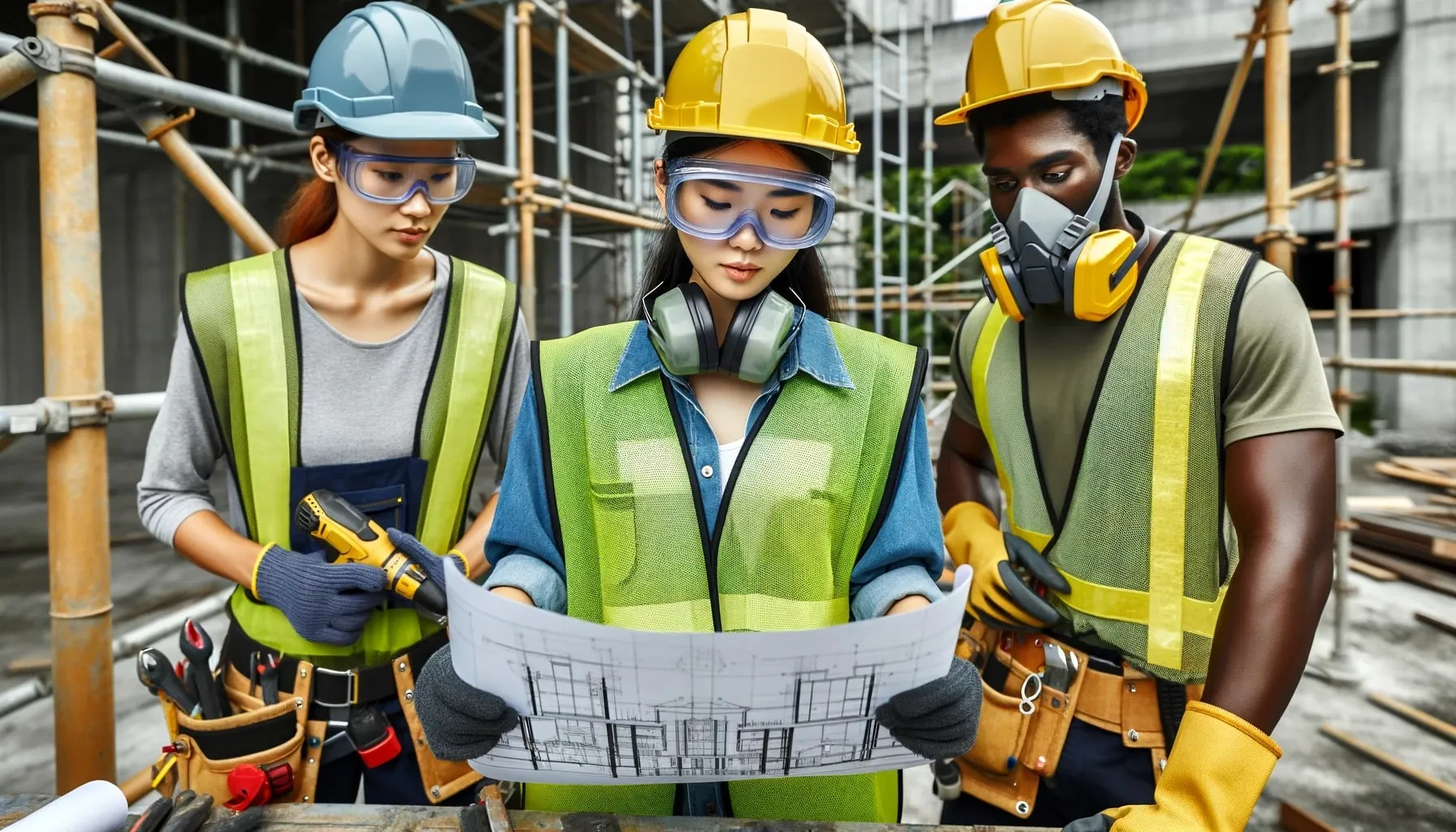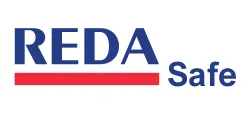How to Choose the Right PPE in the Construction Industry

Introduction
In the realm of construction safety, personal protective gear stands as a pivotal shield for workers on the job. It's the duty of every employer to equip their crew with the necessary protective wear, ensuring a hazard-free workflow.
This gear encompasses any apparel or accessory donned by workers to guard against injury or enhance safety features, such as increased visibility during twilight hours.
The significance of such protective measures is starkly evident in industry reports, revealing a stark fact: nearly 60% of on-site deaths in construction could have been averted with proper gear.
Understanding the crucial need for protective equipment in the construction sector, and ensuring workers are furnished with the correct type for their specific roles, is key to upholding a secure construction environment.
The Types of Personal Protective Equipment In the Construction Industry
The selection of personal protective equipment (PPE) for construction workers is tailored to their specific job roles and the environmental risks they face. Essential safety gear in the construction field includes:
- Helmets for head protection.
- Protective eyewear such as safety goggles and welding shields.
- Ear safety gear like earplugs and noise-canceling earmuffs.
- Masks and respirators for breathing safety, including N95 masks and air-purifying systems.
- Various gloves for hand safety, including options resistant to cuts and chemicals.
- Protective footwear, from steel-toe boots to shoes with enhanced top-of-foot protection.
- Visibility-enhancing attire like bright, reflective jackets and vests for safety in low-light conditions.
For comprehensive protection, employers often combine multiple PPE items. A construction worker might, for instance, don a high-contrast, reflective vest along with steel-toe footwear and a sun-reflective hard hat during outdoor projects.
How To Choose PPE for Construction
Selecting the appropriate personal protective equipment (PPE) for construction tasks involves a detailed assessment of the job site conditions, potential risks involved, and adherence to all relevant safety standards.
Consider these key risks when choosing PPE for a construction setting.
1- Moving Equipment or Vehicles
When employees are in proximity to vehicles or mobile machinery, such as forklifts, their visibility is crucial for safety. Making sure workers stand out with the help of vivid safety vests, jackets, or coveralls is key to preventing accidents.
Referencing high-visibility safety apparel standards can guide you in choosing the right color and design that meet specific operational needs.
Workwear that includes reflective materials can further enhance visibility, particularly during twilight hours or at night.
The goal is simple: the more visible the workers, the easier it is for operators of machinery and vehicles to spot them promptly. Early detection can dramatically reduce the risks of accidents and close calls on the job.
2- Weather Conditions
Construction work doesn't pause for the weather, be it clear skies, heavy rain, or intense heat. It’s essential that workers have access to gear tailored for these diverse conditions without compromising their comfort or safety.
During sweltering heat, it's vital to equip workers with the bare minimum of required PPE to avoid unnecessary bulk. This helps in reducing the chances of overheating and dehydration. On such days, providing lighter and more breathable protective options can be a game-changer for their health and productivity.
In contrast, cold days demand that workers bundle up appropriately. PPE should be versatile enough to layer over warm clothing without obscuring high-visibility or flame-resistant features. If workers feel the need to cover their safety gear for warmth, its effectiveness is lost.
And for those rainy days, waterproof gear that complements other safety equipment is non-negotiable. Whether it requires flame resistance or enhanced visibility, the rainwear should integrate seamlessly with other protective gear to maintain safety standards without hindrance.
3- Fire Risks
The construction arena often deals with a range of materials that can easily catch fire. Add to this the welding work and other activities that emit sparks or extreme heat, and the importance of fire-resistant PPE becomes clear.
Outfitting workers with flame-resistant attire and safety accessories crafted from materials that resist ignition is crucial. These specialized garments not only shield the wearer from potential burns but also inhibit the clothes from catching fire, significantly reducing injury risks.
4- Chemicals and Corrosive Materials
When it comes to handling chemicals and corrosive substances on a construction site, protecting eyes and skin is paramount.
Standard safety glasses can guard against incidental chemical splashes. For more hazardous substances, it's wise to upgrade to safety goggles for enhanced protection.
The choice of gloves should be tailored to the chemical in use and its concentration. Simple latex gloves might suffice for mild solutions, while stronger chemicals will necessitate robust, chemical-resistant gloves for adequate safety.
5- Lighting Conditions
The lighting in indoor construction settings tends to stay stable, but for outdoor sites, workers often face shifting light throughout their shifts. A sunny morning can quickly become overcast with clouds or fog, reducing visibility. And those on the night shift face their own set of challenges due to diminished light.
Workers who encounter periods of dim lighting should be equipped with high-visibility gear to maintain their visibility at all times.
6- Interactions with the Public
Construction efforts in areas bustling with people, like ongoing shopping mall renovations, demand strategies to keep both the public and workers safe.
The primary tools for this include clear signage, barricades, and warning tape to delineate work zones. As for personal protective equipment, the goal is to make workers highly visible. High-visibility gear serves this purpose effectively—it not only makes workers conspicuous to vehicular traffic but also signals to pedestrians that serious and potentially hazardous work is in progress.
Conclusion
The world of construction is fraught with potential dangers, from the use of heavy machinery to the unpredictability of outdoor workspaces. It's the duty of employers to lessen these risks by equipping their teams with the necessary personal protective equipment (PPE). Ensuring that each employee is safeguarded, conspicuous, and prepared to tackle their tasks safely is essential for a secure work environment.
